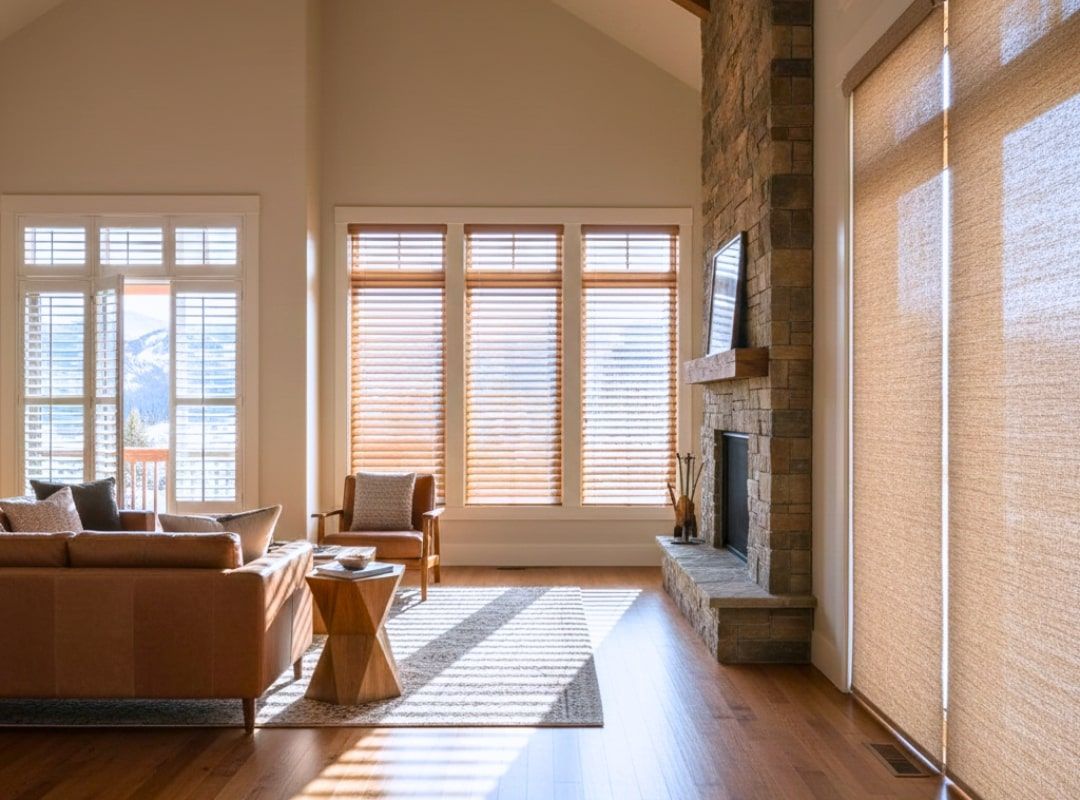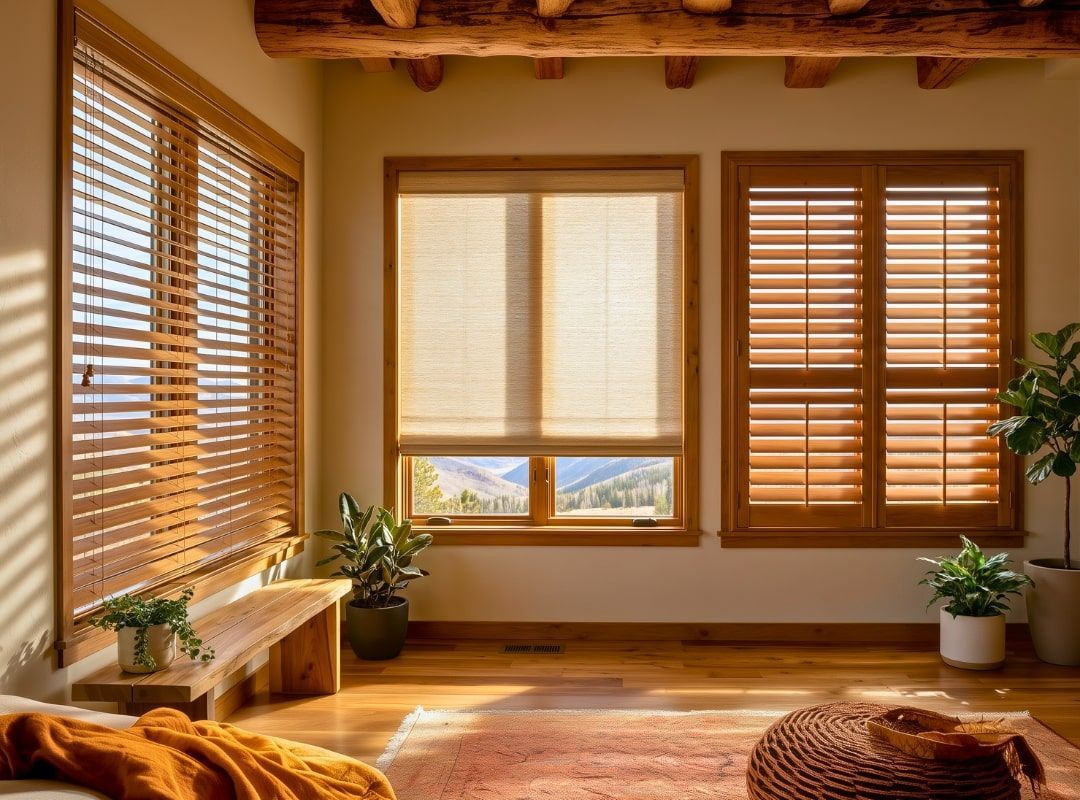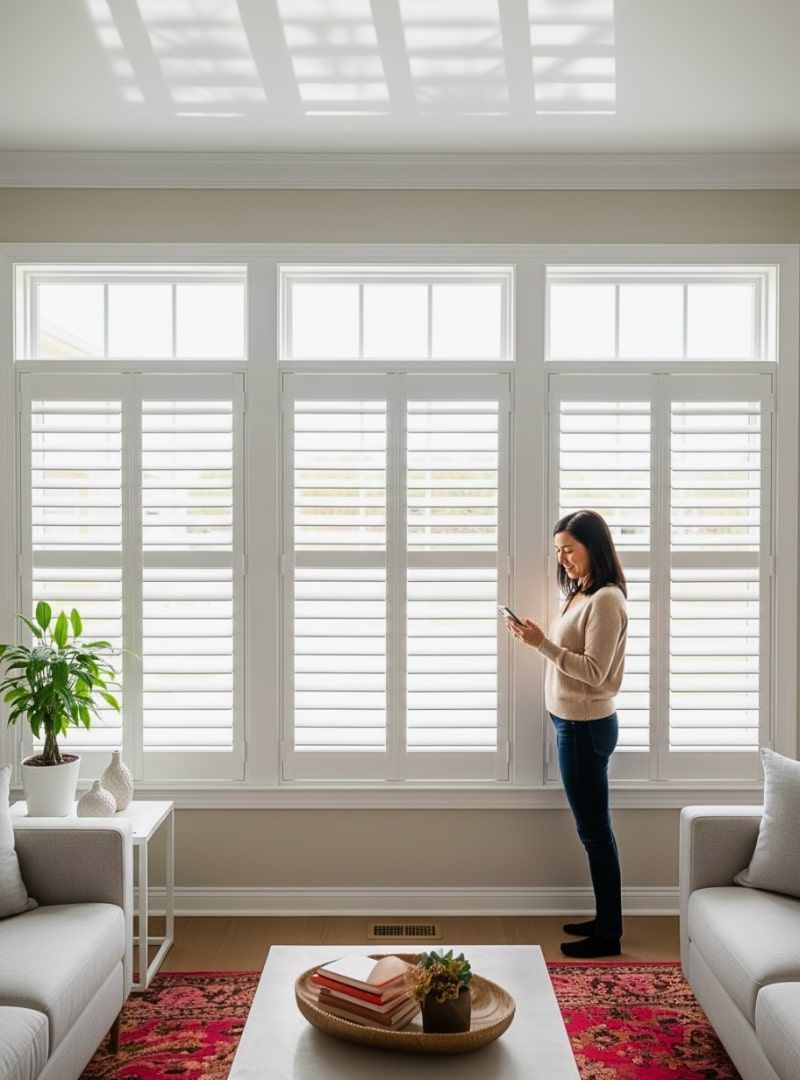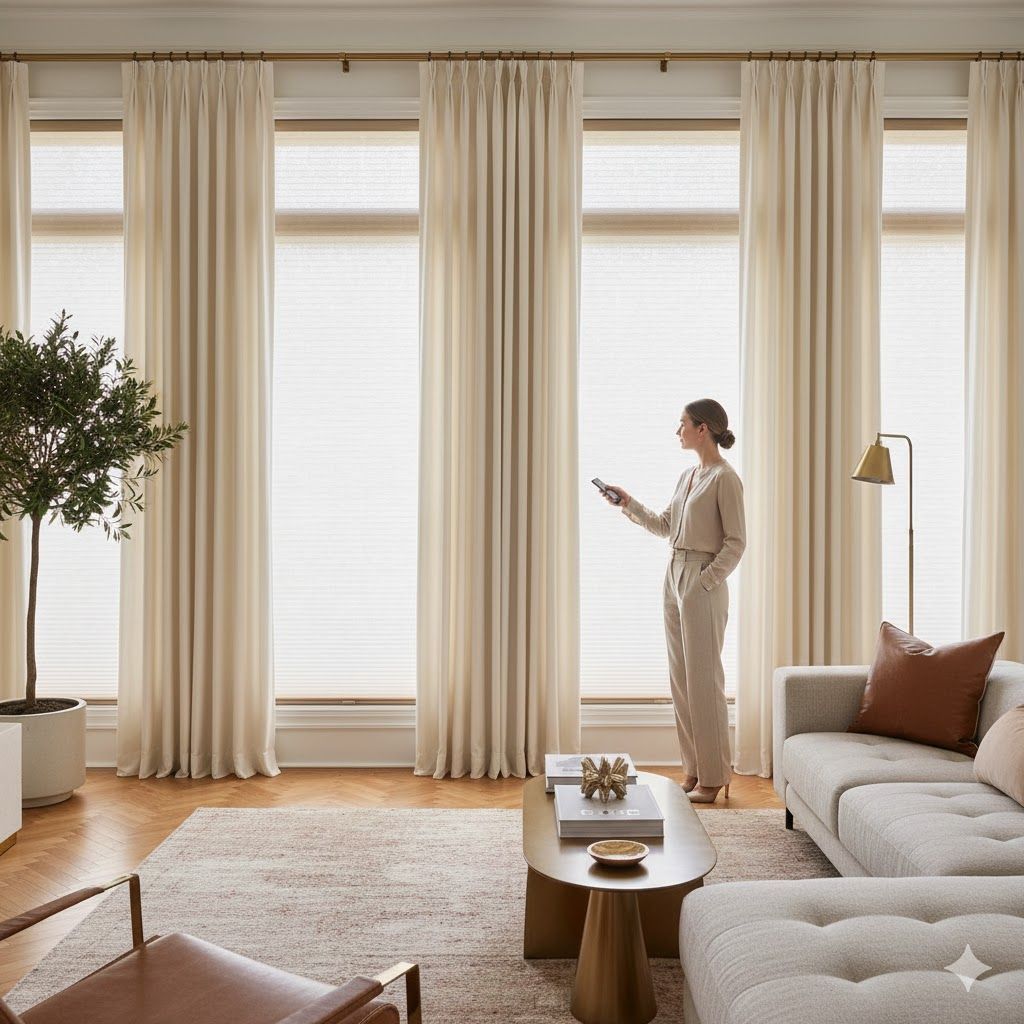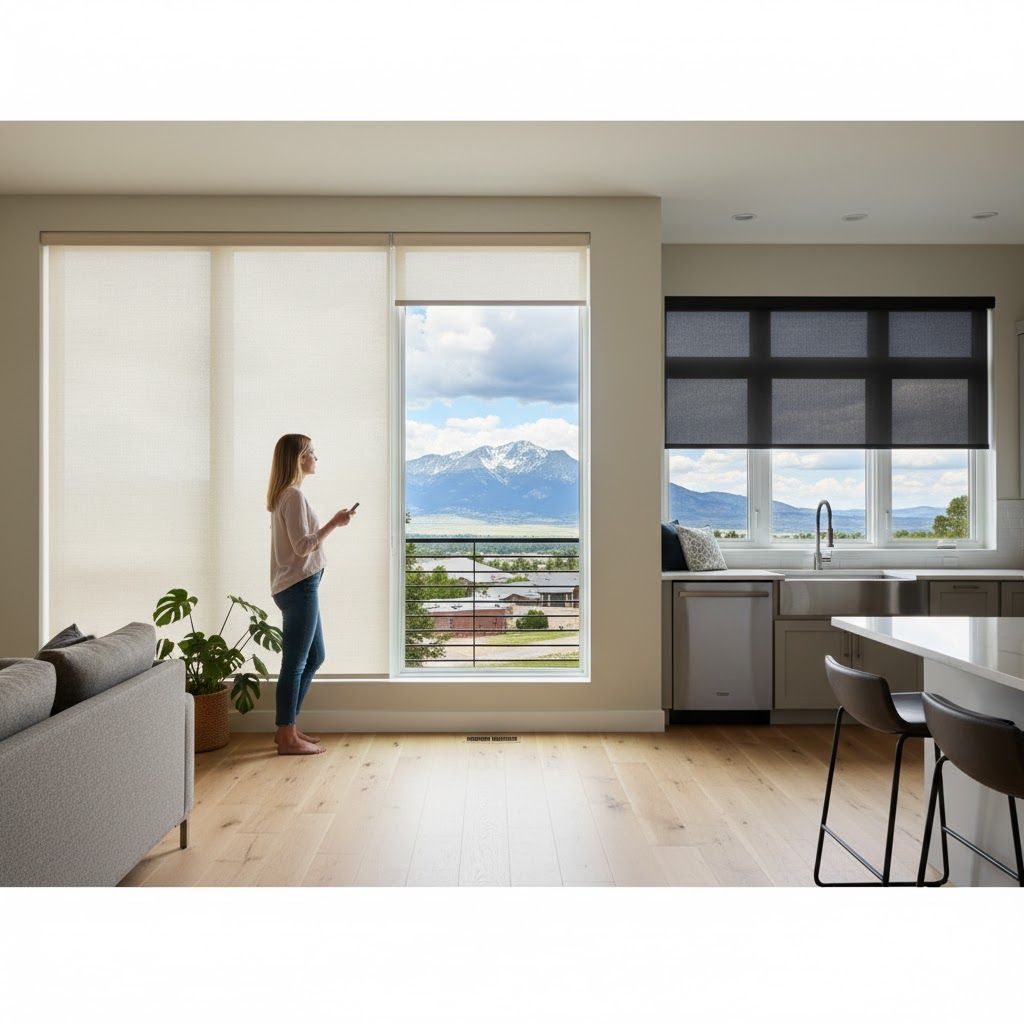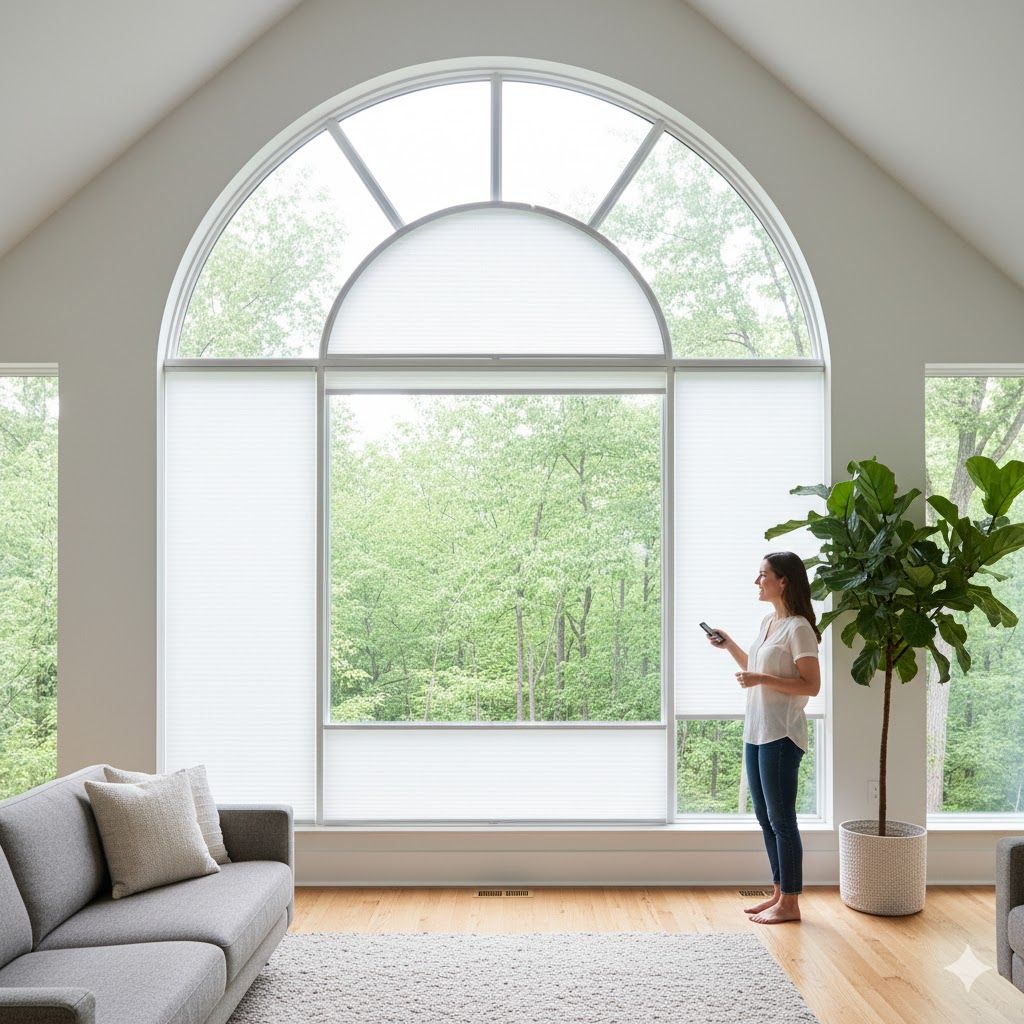How to Layer Window Treatments Like a Designer
TLDR;
Layering window treatments like a designer starts by choosing a functional base layer for privacy and light control, then adding a decorative outer layer for style and depth. The key is to balance function and design while using the right hardware, materials, and installation methods.
Why Layering Window Treatments Matters
Layering allows you to:
- Control natural light throughout the day
- Improve privacy without blocking all light
- Enhance insulation for energy efficiency
- Add depth, texture, and personality to a room
- Create a professional, designer-level finish
In climates like Colorado, where
Love Is Blinds CO serves many homeowners, layering also addresses extreme sun exposure, temperature swings, and seasonal insulation needs.
Functional Benefits of Layering
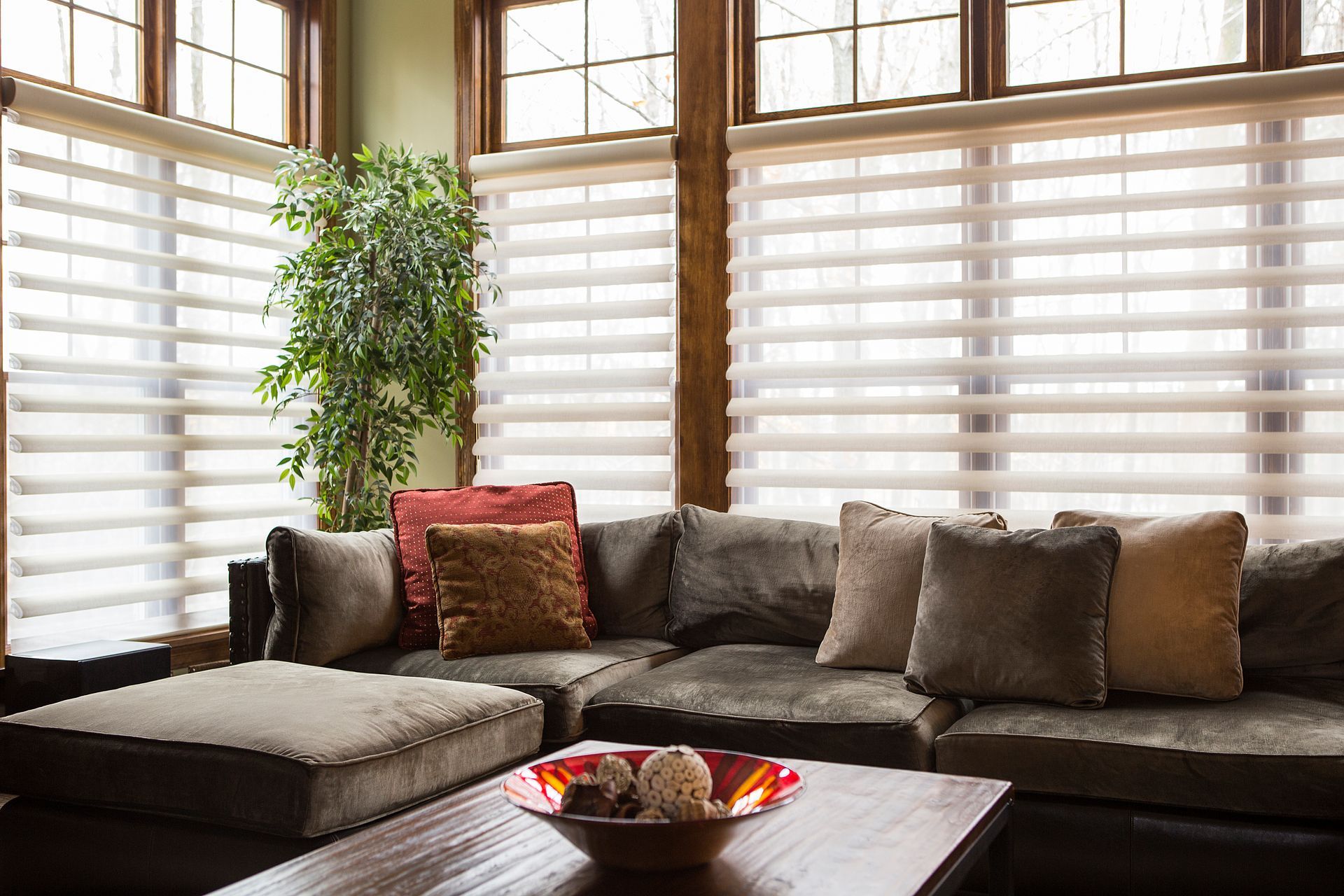
Layering is not only about looks. It offers clear functional advantages:
Light Control
- Sheer curtains filter light while a blackout drape blocks it entirely.
- Cellular shades reduce glare without making the room dark.
Insulation
- Cellular shades trap air to keep rooms warmer in winter and cooler in summer.
- Heavy drapes reduce heat loss through windows.
Privacy
- Sheers protect privacy during the day without darkening the room.
- Blackout curtains or lined drapes ensure privacy at night.
UV Protection
- Solar shades or UV-filtering sheers protect floors, furniture, and artwork from fading.
Identify Your Needs Before Choosing Layers
Think about:
- Room function: Bedroom vs. living room vs. dining room
- Window position: South-facing windows in Colorado get intense sun
- Privacy needs: Street-facing rooms vs. backyard views
- Style goals: Minimalist, classic, modern, or eclectic
Choosing the Base Layer
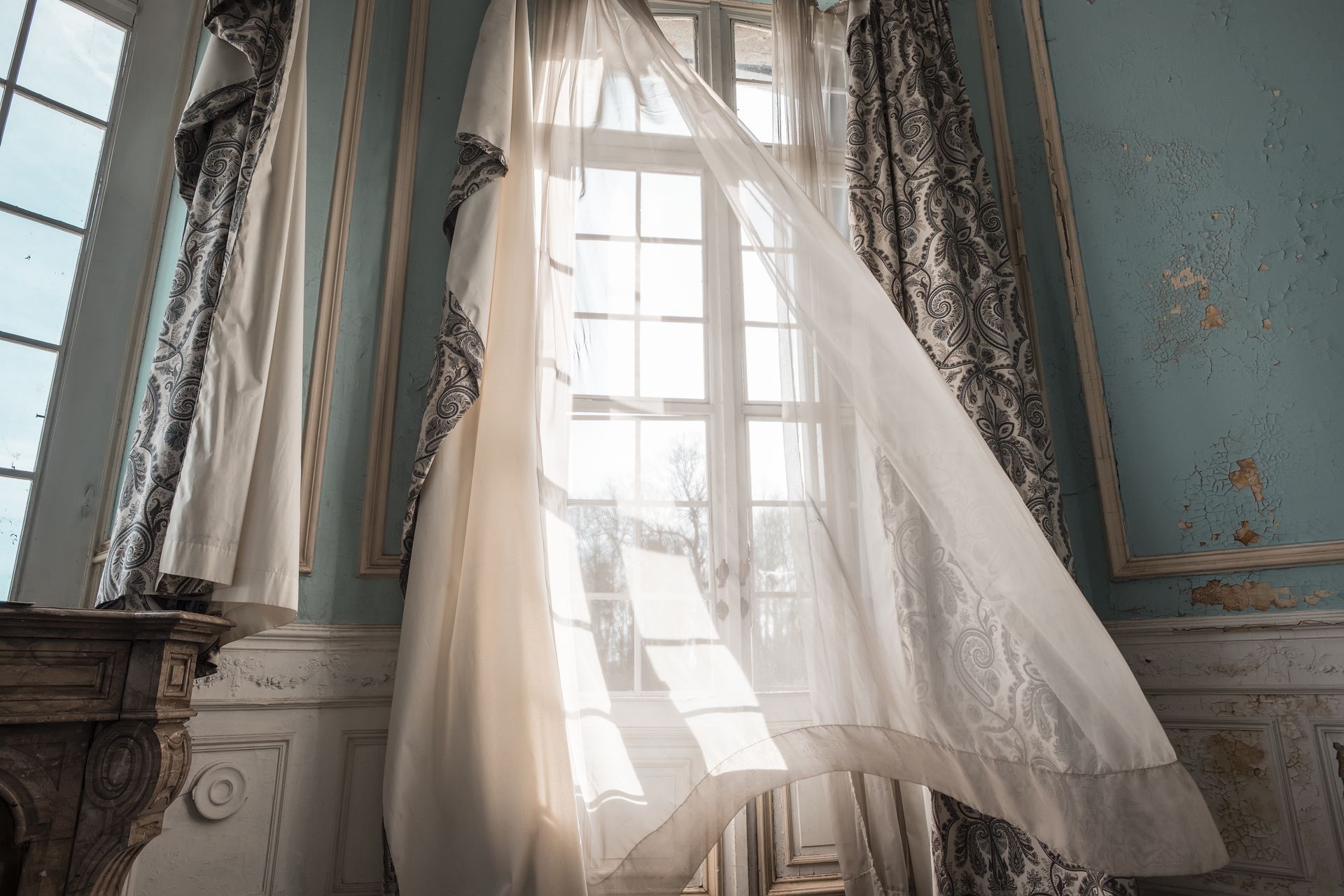
The base layer is your primary functional covering. Options include:
Cellular Shades
- Excellent insulation for
Colorado winters and summers
- Available in light-filtering or blackout options
Roller or Solar Shades
- Sleek, minimal look
- Filter glare while keeping the view
Wood or Faux Wood Blinds
- Adjustable light control
- Works with both modern and traditional decor
Shutters
- Timeless design
- Strong light control and insulation
Selecting the Decorative Layer
The decorative layer adds visual interest and ties in with your room’s style. Choosing the right
fabric is key to achieving both function and aesthetics, especially when considering the
best fabric for window treatments like wool or linen, which offer different textures, light filtering properties, and insulation benefits.
Drapes or Curtains
- Available in countless fabrics, colors, and patterns
- Add softness and fullness to the window
Sheers
- Light, airy look
- Filters light without blocking it completely
Valances or Cornices
- Conceal hardware
- Add a tailored, finished appearance
Roman Shades
- Soft folds create texture
- Can be layered over a base shade for depth
How to Mix Colors, Patterns, and Textures
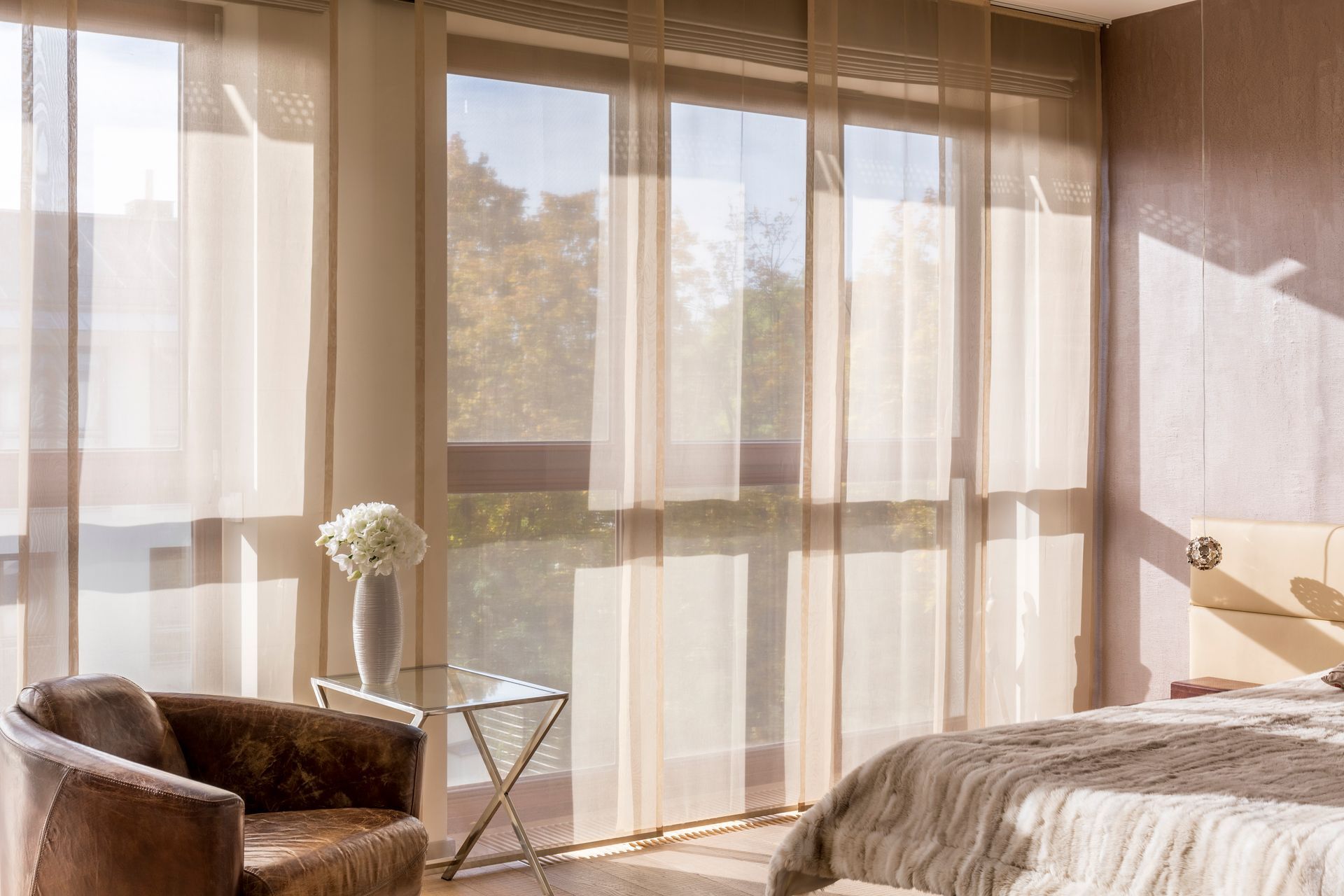
- Keep one layer neutral and let the other carry pattern or color
- Match hardware finishes to room accents
- Pair smooth materials like roller shades with textured fabrics like linen drapes
- Use earthy neutrals or nature-inspired tones to follow current trends
Example: White cellular shades with patterned blue linen drapes create a balanced, modern look without overpowering the room.
Installation and Hardware Tips
- Use double curtain rods or combination brackets for two layers
- Mount rods higher and wider than the window to make the space look larger
- Ensure the base layer fits inside the window frame while the decorative layer sits outside
- Avoid hardware that clashes with other metal finishes in the room
Layering Combinations for Different Rooms
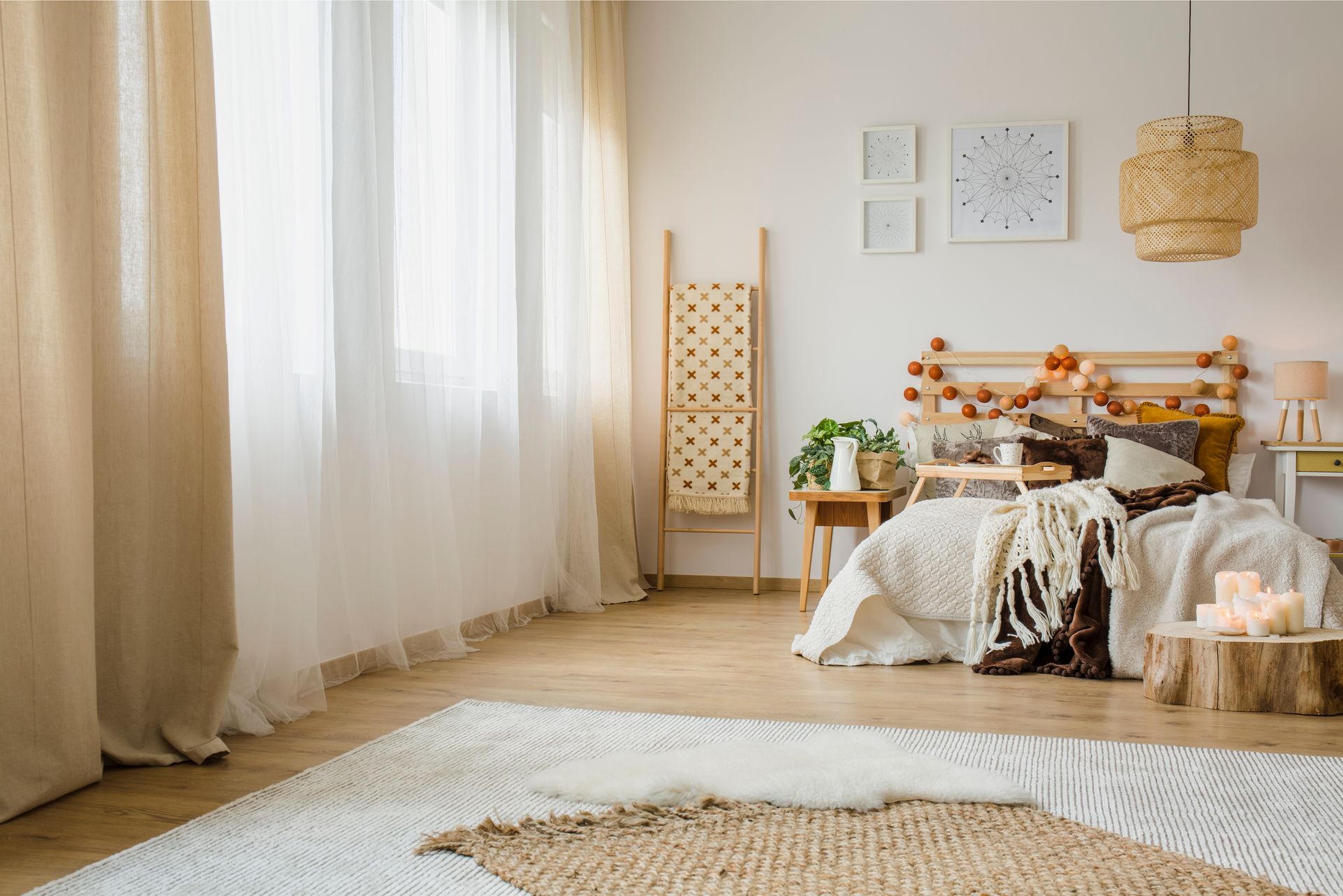
Bedroom
- Base: Blackout cellular shades
- Top: Heavy drapes in soft, calming tones
Living Room
- Base: Solar shades for glare control
- Top: Sheer linen curtains for softness
Dining Room
- Base:
Wooden blinds for warmth
- Top: Roman shades or patterned drapes for elegance
Office
- Base: Light-filtering roller shades
- Top: Simple drapes for a polished look
Common Mistakes to Avoid
- Choosing layers that compete instead of complementing each other
- Forgetting functional needs in favor of style
- Installing hardware too low or too close to the window frame
- Ignoring the importance of proportion and scale
Regional Considerations for Colorado Homes
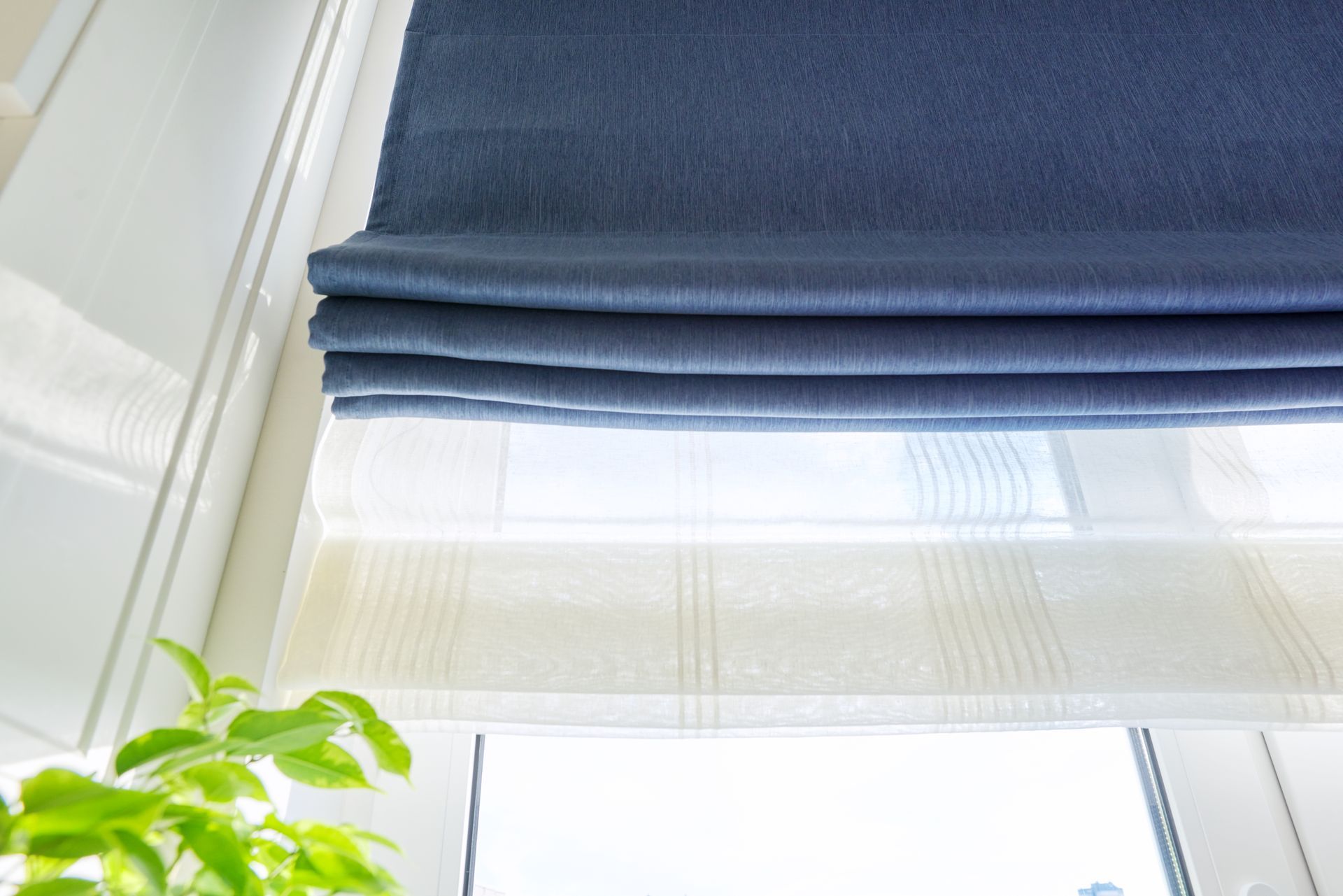
- Use UV-protective fabrics for south-facing windows
- Opt for insulating base layers to handle temperature extremes
- Choose durable materials that withstand dry climates and intense sunlight
- Incorporate colors and textures that reflect Colorado’s natural landscapes
Designer Tips from Love Is Blinds CO
- Always plan the base and top layer together to ensure cohesion
- Use fabric swatches and hold them up to the window in different lighting
- Consider professional installation for perfect alignment and function
- Balance cost by investing in a quality base layer and using ready-made drapes for the decorative layer

